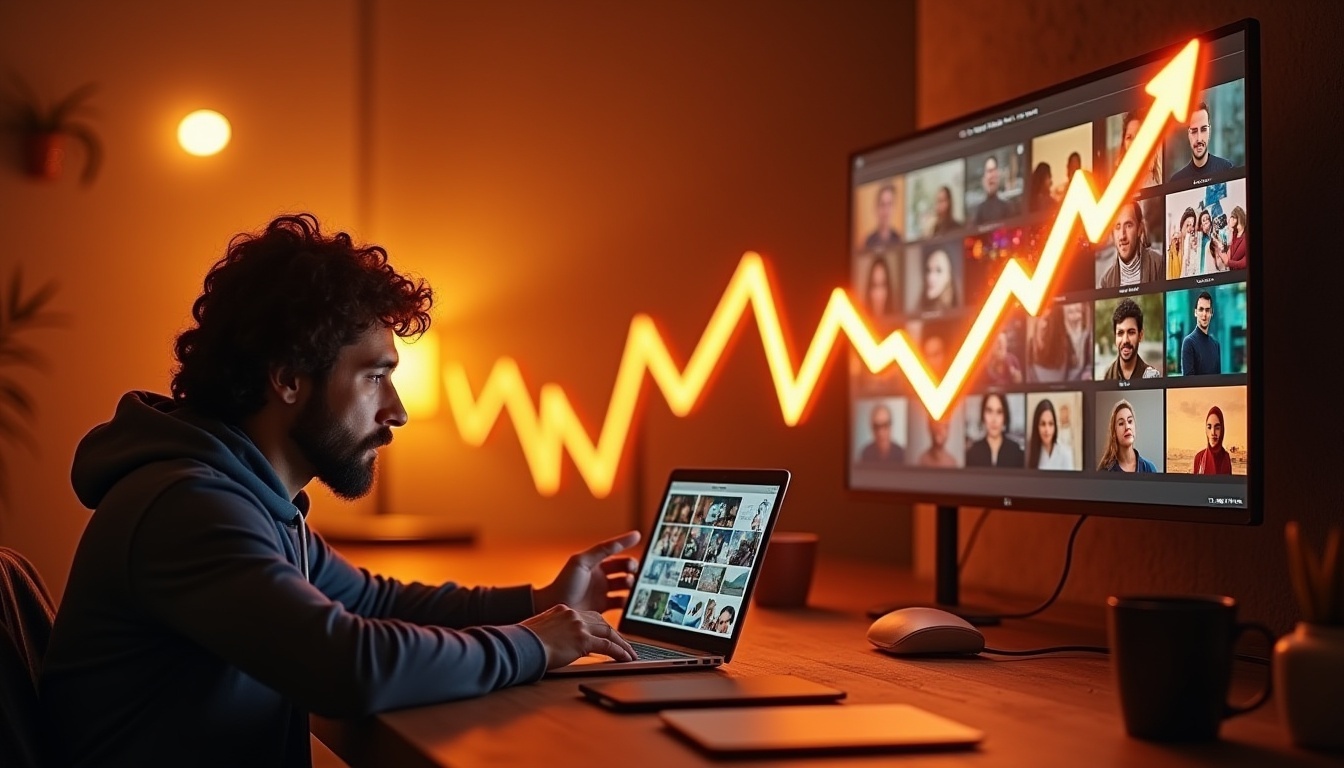In today’s hyper-visual digital landscape, video content reigns supreme. From fleeting social media stories to compelling long-form narratives, video captures attention, builds connections, and drives conversions like no other medium. However, the traditional process of creating high-quality video advertisements is often a resource-intensive endeavor, demanding significant time, budget, and creative expertise. Marketers constantly grapple with the challenges of producing engaging, personalized, and scalable video campaigns that resonate with diverse audiences.
This blog post will delve deep into how these cutting-edge technologies are reshaping the future of digital advertising, offering marketers and businesses a glimpse into a world where video ad production is faster, smarter, and infinitely more impactful.
The Imperative of Video in Modern Advertising
Before we explore the revolution, let’s understand why video ads are non-negotiable in the current digital ecosystem.
- Unmatched Engagement: Video captures attention more effectively than static images or text. Studies consistently show higher engagement rates for video content across all platforms.
- Storytelling Power: Video allows brands to tell compelling stories, evoke emotions, and convey complex messages in an easily digestible format.
- Brand Recall & Trust: Dynamic visuals and audio create a memorable experience, leading to higher brand recall and fostering trust. In fact, studies show that viewers retain 95% of a message when they watch it in a video, a stark contrast to the 10% retained from text.
- Conversion Catalyst: From product demos to testimonials, video guides consumers through the sales funnel, often leading to higher conversion rates and return on investment (ROI).
- Platform Dominance: Platforms like YouTube, TikTok, Instagram Reels, and even traditional search results are increasingly prioritizing video content, making it essential for visibility.
Google Veo 3: A Leap Forward in Generative Video AI
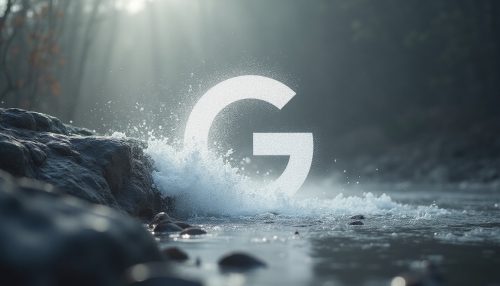
At the forefront of this revolution is Google Veo 3, Google DeepMind’s latest and most advanced generative video AI model, unveiled in May 2025. Building on years of research in video generation, Veo 3 represents a significant leap in its ability to create high-fidelity, realistic video content from simple text or image prompts.
What makes Google Veo 3 a game-changer for video ad creation?
- Unprecedented Realism and Quality: Veo 3 generates videos with remarkable visual fidelity, capable of producing outputs up to 4K resolution. Its enhanced realism, improved physics simulation, and reduction of artifacts make the AI-generated content almost indistinguishable from traditionally shot footage. T
- Native Audio Integration: A standout feature of Veo 3 is its ability to generate native audio alongside the visuals. This includes:
- Dialogues and Voice-overs: Create characters speaking naturally or add professional voice-overs directly within the generated video.
- Sound Effects: Incorporate realistic sound effects that align with the on-screen action.
- Ambient Noise and Background Music: Set the mood and enhance the narrative with integrated ambient sounds and musical scores. This capability eliminates the need for separate audio production, streamlining the workflow immensely.
- Exceptional Prompt Adherence and Creative Control: Veo 3 demonstrates an advanced understanding of natural language and cinematic concepts.
- Consistency Across Frames: A common challenge in earlier generative video models was maintaining visual consistency of characters, objects, or scenes across different frames.
- Text-to-Video and Image-to-Video Capabilities: Whether you start with a written concept or a still image, Veo 3 can transform it into dynamic video. This is particularly powerful for advertisers who can convert existing product shots or static campaign visuals into engaging motion-driven ads.
The Strategic Role of AI Agents in the Ad Lifecycle
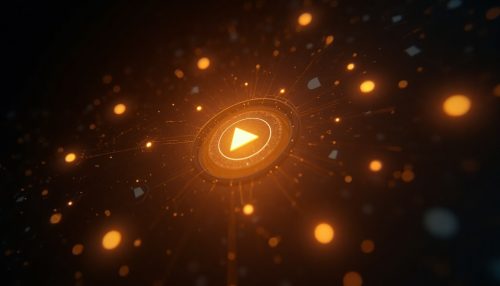
While Google Veo 3 handles the video generation itself, the true revolution in video ad creation comes from its synergy with AI Agents. In this context, AI Agents are intelligent, autonomous software programs designed to perform specific tasks, make decisions, and interact with other systems (like Veo 3) to achieve marketing objectives. They act as a sophisticated layer of automation and intelligence across the entire advertising workflow.
Here’s how AI Agents supercharge Veo 3 for unprecedented video ad creation:
1. Market Research & Trend Analysis
- AI Agent Function: These agents continuously monitor vast datasets of consumer behavior, social media trends, search queries, and competitor activities. They identify emerging patterns, popular aesthetics, and trending topics relevant to a brand’s target audience.
- Impact on Veo 3: The insights gathered by AI Agents inform the prompts given to Veo 3. Instead of guessing what might resonate, marketers can leverage data-driven recommendations for ad themes, visual styles, and narrative elements that are most likely to capture attention and drive engagement. For example, an agent might suggest a “vintage aesthetic with a focus on sustainability” for a specific demographic, which then translates into precise Veo 3 prompts.
2. Automated Scripting & Storyboarding
- AI Agent Function: Once trends are identified, AI Agents can take over the initial creative ideation. They can generate multiple ad concepts, write compelling scripts, and even create detailed storyboards, complete with scene descriptions, character actions, and suggested dialogue.
- Impact on Veo 3: These AI-generated scripts and storyboards become the direct input for Veo 3. This dramatically reduces the time spent on pre-production, allowing marketers to test numerous creative angles quickly. An agent could generate five different 15-second ad scripts for a new product, each tailored to a slightly different emotional appeal, which Veo 3 then brings to life.
3. Dynamic Content Personalisation
- AI Agent Function: This is where AI Agents truly shine. They analyse individual user data and dynamically adjust the video content to be hyper-relevant to that specific viewer. This aligns perfectly with consumer expectations, as 71% of consumers expect companies to deliver personalised interactions, and a lack of it can lead to frustration.
- Impact on Veo 3: An AI Agent can instruct Veo 3 to generate slightly different versions of an ad:
- Showing a product in a colour preferred by the user.
- Featuring a voice-over in the user’s native language.
- Highlighting a specific benefit that aligns with the user’s past interactions.
- Displaying a call-to-action (CTA) tailored to their stage in the buying journey. This level of personalisation, previously impossible at scale, ensures maximum relevance and impact for each viewer.
4. Cross-Platform Adaptation
- AI Agent Function: Different advertising platforms have unique requirements for video aspect ratios, lengths, and visual cues. AI Agents can automatically adapt a core video concept to fit these diverse specifications.
- Impact on Veo 3: After Veo 3 generates a master video, an AI Agent can request variations:
- A vertical 9:16 version for YouTube Shorts or TikTok.
- A square 1:1 version for Instagram.
- A shorter 6-second bumper ad.
- AI outpainting, a technology also being integrated into Google Ads, allows AI to intelligently expand video frames beyond their original dimensions, ensuring a consistent look across different aspect ratios. This eliminates manual resizing and re-editing, ensuring optimal performance across all channels.
5. Performance Optimisation & Iteration
- AI Agent Function: The AI Agent can automatically generate new prompts for Veo 3 to create optimized variations of the ad. This rapid iteration is made possible by the efficiency gains AI offers, with marketers reporting average time savings of 2 hours and 30 minutes per day through AI automation..
- Impact on Veo 3: Based on performance data, the AI Agent can automatically generate new prompts for Veo 3 to create optimized variations of the ad.
6. Automated Asset Assembly & Management
- AI Agent Function: Beyond generating new content, AI Agents can manage and assemble existing assets. They can select appropriate background music, stock footage (if needed), text overlays, and brand logos, ensuring brand consistency.
- Impact on Veo 3: While Veo 3 generates the core video, AI Agents can orchestrate the final assembly, pulling in approved brand elements and ensuring the ad adheres to brand guidelines before deployment. Google’s new Asset Studio, a centralized workspace for marketers, will further streamline this by integrating AI-powered image and video generation features.
The Synergistic Revolution: Veo 3 + AI Agents in Practice
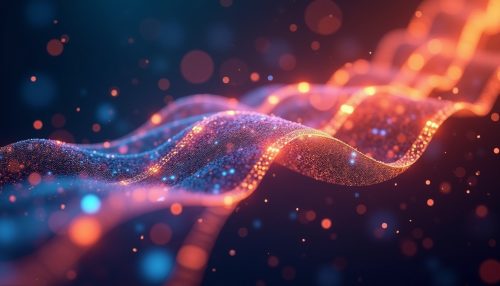
The true power of this revolution lies not in Veo 3 or AI Agents in isolation, but in their seamless integration. Imagine a marketing ecosystem where these technologies work in concert:
Scenario 1: The Small Business Scaling Up A local artisanal coffee shop wants to run hyper-local video ads for its new seasonal latte.
- Traditional: They’d hire a videographer, shoot one or two generic ads, and hope for the best.
- AI-Powered: An AI Agent analyzes local demographic data, identifies peak commuting times, and understands local slang. It then generates 20 unique 15-second ad scripts, each tailored to a specific micro-neighborhood, highlighting different aspects of the latte (e.g., “energizing morning boost” for one area, “cozy afternoon treat” for another). These scripts are fed to Google Veo 3, which generates 20 distinct, high-quality video ads, complete with realistic coffee pouring sounds, steam effects, and a warm, inviting voiceover. The AI Agent then automatically deploys these ads to targeted local audiences, monitoring performance and suggesting real-time adjustments. The coffee shop, with a minimal budget, now has a hyper-personalized, scalable video ad campaign rivaling large brands.
Scenario 2: The Enterprise Achieving Hyper-Personalization A global e-commerce fashion retailer wants to create personalized video ads for millions of customers based on their browsing history and preferences.
- Traditional: Impossible at scale. They’d rely on broad segmentation.
- AI-Powered: An AI Agent tracks a customer’s journey. If a customer frequently views blue dresses, the agent prompts Veo 3 to generate a short video ad featuring a model wearing a blue dress, perhaps in a setting that aligns with the customer’s perceived lifestyle (e.g., “city chic” or “beach vacation”). The voiceover might highlight features relevant to their past purchases (e.g., “sustainable fabric” or “latest trend”). This ad is generated in real-time and served to the customer, creating an incredibly relevant and engaging experience that feels hand-crafted.
Actionable Takeaways for Marketers and Businesses
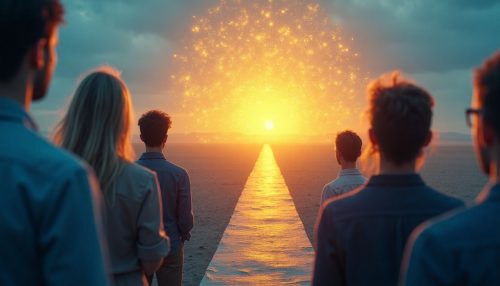
The revolution is here. To stay ahead and leverage the transformative power of Google Veo 3 and AI Agents, here are actionable steps for marketers and businesses:
- Educate Your Team: Invest in training for your marketing team on generative AI principles, prompt engineering, and the specific capabilities of tools like Google Veo 3. Understanding the technology is the first step to harnessing its power.
- Experiment with Early Access Programs: Keep an eye out for and apply to early access programs for new AI tools, such as Google AI Ultra which currently provides access to Veo 3. Early adoption can provide a significant competitive advantage.
- Develop Clear AI Governance Policies: Establish internal guidelines for the ethical and responsible use of AI in your marketing. Define parameters for brand voice, content authenticity, data privacy, and human oversight.
- Focus on Creative Strategy and Prompt Engineering: Your role will shift from how to create to what to create. Master the art of crafting precise and imaginative prompts to guide the AI, and focus on the overarching creative strategy that AI will execute.
- Integrate AI into Your Existing MarTech Stack: Look for ways to integrate AI-powered video generation and AI Agents into your current marketing automation, analytics, and advertising platforms for seamless workflows.
- Embrace Iteration and A/B Testing: The speed of AI allows for rapid iteration. Leverage this to continuously test different ad variations, learn from performance data, and optimize your campaigns in real-time.
Conclusion
The landscape of video ad creation is undergoing a profound transformation, driven by the remarkable capabilities of Google Veo 3 and the strategic intelligence of AI Agents. This isn’t just about automating tasks; it’s about democratising high-quality video production, enabling unprecedented levels of personalisation, and unleashing a new era of creative possibilities for marketers.
Don’t be left behind. The revolution in video ad creation is unfolding now. Ready to harness the power of AI for your video advertising? Contact us today to explore how these cutting-edge technologies can redefine your marketing success and propel your brand into the future!
FAQ’s
Q1: What is Google Veo 3?
A1: Google Veo 3 is Google DeepMind’s latest state-of-the-art generative artificial intelligence model designed to create high-fidelity, realistic videos from text or image prompts.
Q2: How do AI agents enhance video ad creation with Veo 3?
A2: AI Agents act as intelligent automation layers that complement Veo 3.
Q3: Will AI replace human video ad creators?
A3: No, AI is not expected to replace human video ad creators entirely. Instead, it will transform their roles.
Q4: What are the main benefits of using Google Veo 3 and AI agents for video ads?
A4: The primary benefits include significant cost reduction in video production, dramatically faster campaign launches, the ability to create hyper-personalised video ads at scale, liberation from traditional production bottlenecks, and continuous data-driven optimisation of ad performance.

